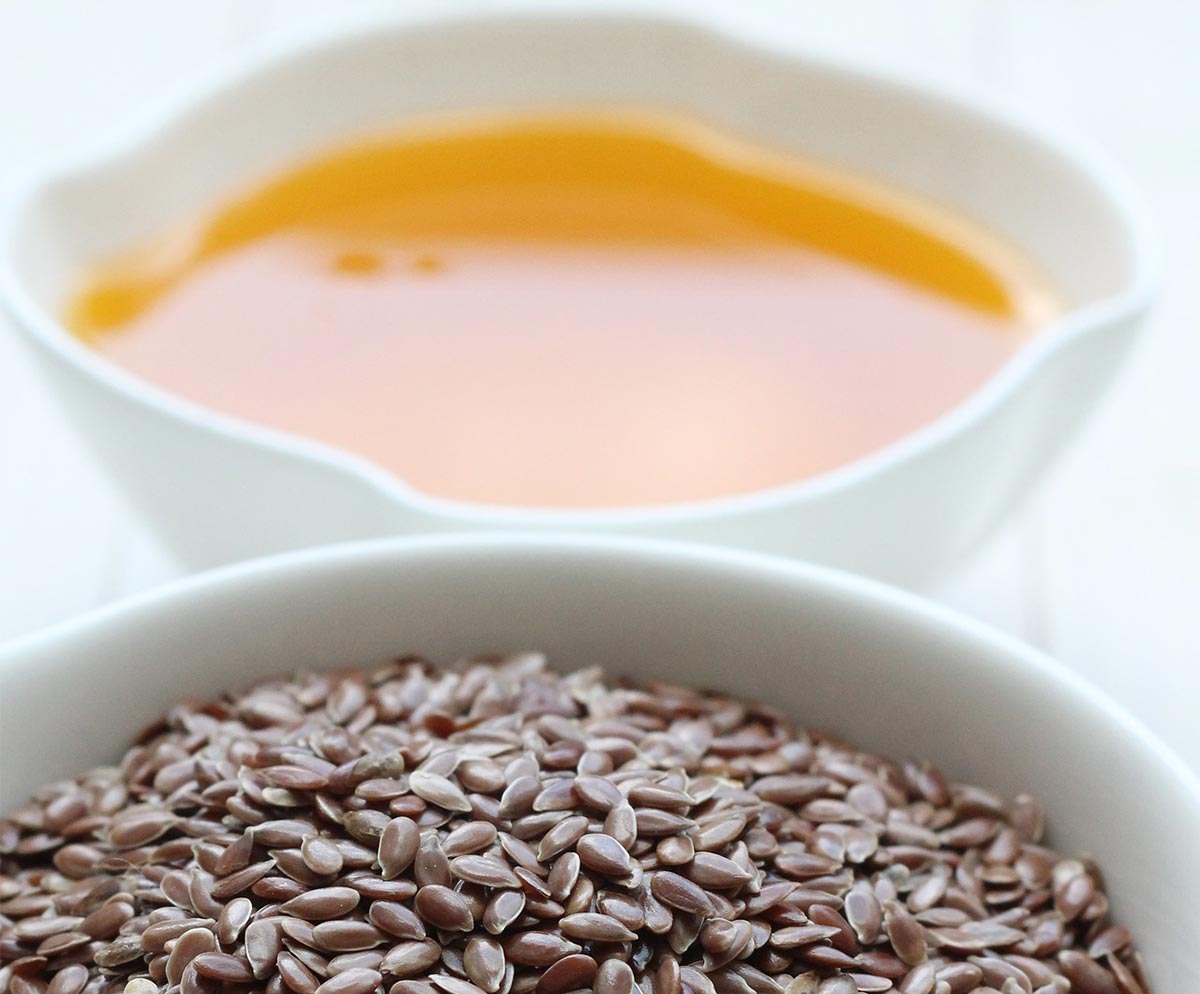Plyometric training, often referred to as "plyos," is a highly effective training method designed to enhance the speed and explosiveness of muscle movements. It's particularly popular among athletes competing in disciplines such as basketball, volleyball, long jump, or sprinting, where explosive power is crucial. However, plyometrics is also gaining traction in general fitness as an effective way to improve overall athletic performance and prepare the body for dynamic loads. At its core, plyometric training focuses on optimizing the so-called stretch-shortening cycle (SSC) of muscles. This cycle describes the sequence of an eccentric (lengthening) muscle contraction followed by an immediate concentric (shortening) contraction. Through this rapid sequence, the muscle can achieve a greater force development than with an isolated concentric contraction.
The Science Behind the Stretch-Shortening Cycle
To better understand how plyometric training works, it's essential to examine the SSC in more detail. Imagine jumping off a box. Upon landing on the ground, your leg muscles lengthen (eccentric contraction) to cushion the impact. Immediately afterward, the muscles contract again (concentric contraction) to prepare for the next jump. This rapid stretching and subsequent contraction stores elastic energy in the muscles and tendons, which is then released during the following contraction. This mechanism resembles a stretched spring that releases its stored energy when released. Studies have shown that plyometric training can improve the efficiency of the SSC, leading to an increase in speed and explosiveness. This improvement is not only relevant for competitive athletes but can also be beneficial in everyday life, for example, when reacting quickly to unexpected situations.
Preparation and Safe Execution of Plyometrics
Before starting plyometric training, a good basic level of physical fitness is essential. The muscles, tendons, and joints must be sufficiently stable and strong to withstand the high loads. A strong core musculature, which provides stability for the entire body, is particularly important. Beginners should, therefore, start with basic strength exercises before venturing into explosive plyometric exercises. Warming up also plays a crucial role in preventing injuries. Dynamic stretching exercises that improve mobility and prepare the muscles for the upcoming load are particularly recommended here. When performing the exercises, correct technique must be observed to avoid incorrect loading and injuries. It is advisable to seek advice from a qualified trainer to learn the exercises correctly and create an individual training program. The intensity and volume should be adjusted to the individual’s fitness level. It is important to progressively overload the muscles to see results.
Sport-Specific Plyometric Training
A significant advantage of plyometric training lies in its adaptability to various sports. By specifically selecting exercises that mimic the specific movement patterns of the respective sport, optimal training results can be achieved. For example, basketball players can benefit from jumping exercises such as box jumps or depth jumps to improve their jumping ability. Sprinters, on the other hand, can optimize their stride frequency and initial acceleration with exercises such as skipping or hurdle runs. The design of plyometric training should, therefore, always be closely coordinated with the requirements of the respective sport. It is important to individually adjust the intensity, volume, and frequency of the exercises to achieve optimal performance improvement and avoid overloads. This targeted approach ensures that the training directly translates to improved performance in the athlete's chosen sport. This specificity is a cornerstone of effective plyometric training.
Examples of Plyometric Exercises
There are a variety of plyometric exercises that differ in their intensity and difficulty. Basic exercises include squats with a subsequent jump, jumping jacks, or jumps in place. Advanced athletes can try more demanding exercises such as box jumps, depth jumps, or medicine ball throws. When choosing exercises, the individual training condition and objective should always be considered. It is advisable to start with simple exercises and gradually increase the difficulty to avoid overloading the body. The correct dosage of the exercises is also important. Plyometric training is very intense and should, therefore, not be performed too frequently. Sufficient breaks between training sessions are important to give the body time to regenerate. Proper landing mechanics are crucial in plyometrics to prevent injuries. Soft landings that absorb the impact are essential.
The Importance of Proper Form and Progression
Maintaining correct form is crucial in plyometric training to maximize effectiveness and minimize the risk of injury. This includes proper landing mechanics, body alignment, and controlled movements. Starting with simpler variations and gradually progressing to more complex exercises is highly recommended. This allows the body to adapt and strengthen the necessary muscles and connective tissues. It is important to ensure that the exercises are performed with control. Quality over quantity is key when it comes to plyometric training. This means focusing on perfect form. It is also important to listen to your body and rest when needed. Overtraining can be detrimental. Plyometric training should be integrated into a well-rounded training program that includes strength training, flexibility, and cardiovascular exercise. This holistic approach will ensure optimal athletic development.
Plyometrics for More Power and Performance
Plyometric training is an effective method to improve speed strength, explosiveness, and athletic performance. Through the targeted use of the stretch-shortening cycle, muscles can achieve greater force development and thus be enabled to perform at their best. However, a good basic level of physical fitness, correct technique, and individual training planning are essential to prevent injuries and achieve optimal results. With the right approach, plyometric training can make a valuable contribution to increasing physical performance both in competitive sports and in fitness. However, it is important to emphasize that this information is for educational purposes only and does not constitute medical advice. Always consult a doctor or qualified trainer before starting a new training program. This will ensure that the training is appropriate for your individual needs and abilities.
Footnotes: 1. Komi, P. V. (2000). Stretch-shortening cycle: a brief review. Scandinavian journal of medicine & science in sports, 10(4), 189-196. 2. Bosco, C., Komi, P. V., Pulli, M., & Pittera, G. (1982). Effect of electrical stimulation during static and dynamic activity. European journal of applied physiology and occupational physiology, 49(2), 173-181. 3. Chu, D. A. (1992). Jumping into plyometrics. Human Kinetics. 4. Radcliffe, J. C., & Farentinos, R. C. (1999). High-powered plyometrics. Human Kinetics. 5. Young, W. B. (2006). Transfer of strength and power training to sports performance. International journal of sports physiology and performance, 1 1(2), 74-83.













